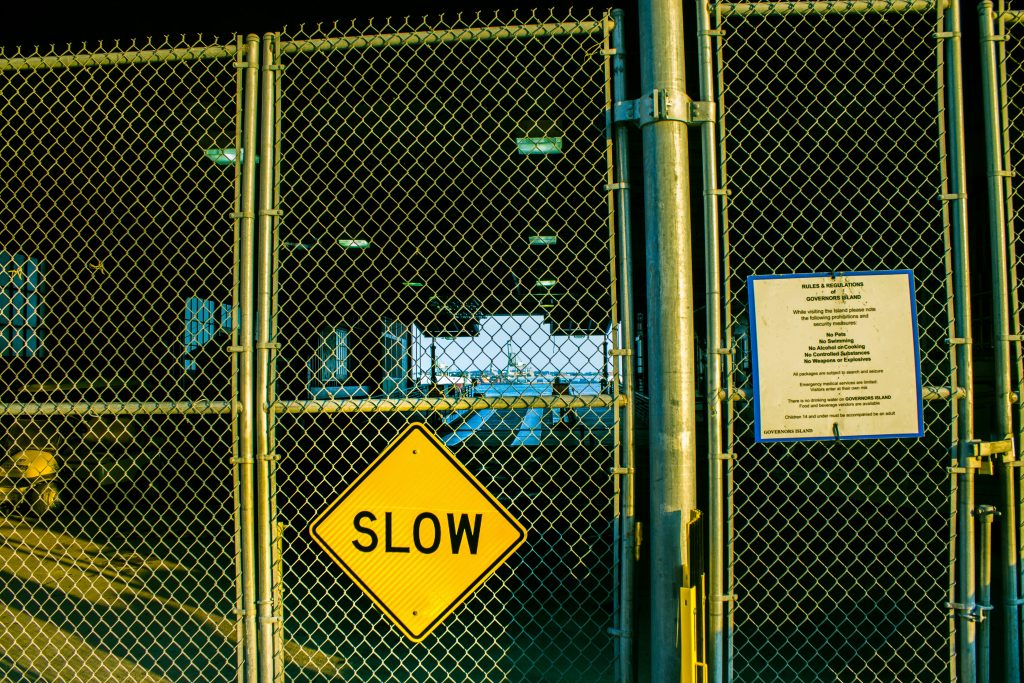What women drivers in India must internalise before taking the wheel:
When on the road
- Do not take more than 3 seconds before diving headlong onto incoming traffic at a junction. The honking uncle behind, the gesturing autowallah next to you, even the well-meaning cycle boy who stops to urge you on only have the betterment of city’s traffic condition in mind.
- Do not worry about your children’s safety and drive carefully while dropping them at school. It’s because of your cautious driving that the rest of the population is always 10 minutes late for every meeting.
- Do not lose heart when an elderly gentleman on a scooter (without helmet) nods disappointedly seeing you take 1 minute to back out of the garage. On an average his son does it within 15 seconds in his generously bumped up Santro.
When off the road
- Do not cite the following examples to show that men drive badly as well: aggressive van drivers precariously staying on the road, nervous young professionals driving their first cars, autorickshaws navigating through the footpath or even delivery boys driving in the opposite side of the road. They are outliers. They don’t reflect on male drivers.
- Do not try to mention that insurance companies give wider coverage to women than men for the same price. What do they know? It’s not like they have spent millions on research or anything to conclude that women are safer drivers.
Of course, I say this with my tongue firmly in my cheek. But there is some truth behind this. Most women have, at some point, had to hear:
“In my experience, women are terrible drivers! Whenever I see a car taking time to turn or making a mistake, it’s always a female driver.”
We come across comments such as this quite often: at dinner parties, overhear in public places or even during water cooler chats at work.
Anything wrong with this?
First, consider the sample set. The current population of the world is 7.5 billion. Assuming even 10% of the population are drivers, of which 50% are women, that’s around 300 million women drivers. It is very unlikely to even assume one has had a close encounter with even 1/100th of the population to have come to this conclusion.
This comment is actually a good example of implicit bias that affect our everyday judgement. The assumption of women being bad drivers is based on the fact that we are constantly looking for confirmation of a stereotype we have grown up hearing. If however, we take a moment to look at actual data that attempts to represent 7.5 billion people, we would not be so quick to start our conversation with “Women are terrible drivers.”
What do statistics say?
- 57% of men had been involved in one or more accidents compared to 44% of women
- 45% men aged 36years to 45years have been caught speeding
- 60% men over 65years have been involved in an accident, compared to 30% women in the same age group
Building an inclusive workplace requires us to confront our biases – explicit and implicit. But biases aren’t always about big issues. In most cases it’s the little things that we think that add up.
About the Author
Ishani Roy is the Founder of Serein. A mathematician by training, Ishani is passionate about using science to tackle gender parity, address unconscious bias and achieve diversity and inclusion in the Indian workplace.


